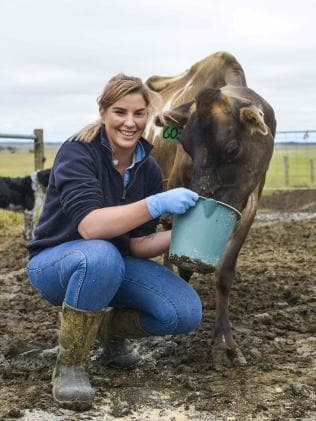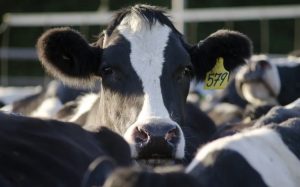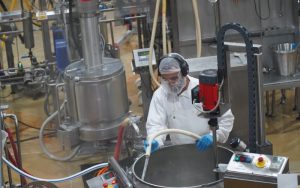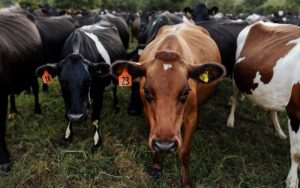
Even With Lower Premiums, Milk Quality Pays
As premiums for milk quality continue to erode across the country, some dairy farmers wonder why they should bother to shoot for ever lower somatic cells counts (SCCs).
There are a whole bunch of reasons, and everyone of them is tied to your bottom line, says Brandon Treichler, a quality control veterinarian with Select Milk Producers, based in Canyon, Tex. He spoke at the 2019 National Mastitis Council meeting in Savannah, Ga. last month. First and foremost, simply having access to a market “may be predicated on what the quality is of the product you produce,” he says.
Why? Last year, USDA’s Animal and Plant Health Inspection Service reported that the weighted bulk tank SCC in the United States reached 181,000 cell/mL. “This means that what processors used to define as high quality has slowly evolved into average quality milk,” says Treichler. “This means that in the current ‘buyers’ market, cooperatives and processors have access to an amply supply of high-quality milk.”
Processors have also learned that they can’t blend high- and low-quality milk to bring up the average. “In order to find the value in very high-quality milk, processors may actually have to source nothing but that high-quality milk,” says Treichler.
Second, if quality premiums are still available in your market, achieving them might be the only way to add value to your milk. “When milk prices are low, premiums become even more important to achieve, and may make the difference between making a profit and breaking even for some farms,” he says.
The third point is that lower SCC means more milk production. Research 40 years ago suggested that production losses did not occur below 100,000 cells/mL. We now know that isn’t true. Michael Overton, a veterinarian with Elanco Animal Health, examined production and SCC records from 200 herds with 460,000 cows, or 2,300 cows per herd. The study is among the most recent available, with data collected between July 1, 2016 and June 30, 2017.
Overton found milk losses started occurring at a Linear Score of 1 in both first lactation and older cows. Note that a Linear Score of 1 equates to 25,000 cells/mL. At 100,000 cells/mL, first lactation heifers are losing more than 1,000 lb of milk per 305-day lactation. Second and older cows are losing 1,600 to 2,100 lb of milk per 305-day lactation.
Zoetis Animal Health and Compeer Financial conducted a study of 90 Midwest herds in 2006 that herds in the top one-third in terms of milk quality (196,000 cells/mL) had $115,000 of net income more than herds in the bottom third of milk quality (239,000 cells/mL). Note that the difference in milk quality here was not that large—slightly more than 40,000 cells/mL.
For every 100,000 cell/mL increase in SCC milk, production decreased 5.5 lb. of energy corrected milk per cow per day. Those herds with the higher SCCs also had higher death losses, greater days open and lower pregnancy rates.
Finally, Treichler notes that SCCs and bacteria count affect flavor, shelf-life, moisture content, firmness and other attributes of dairy products. “In this way, milk quality has the ability to influence consumer perception of dairy products, and that these perceptions drive decision making,” he says. “Producing high-quality milk, at some level, likely helps drive consumption of dairy products.”
























